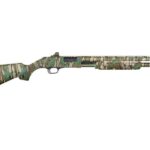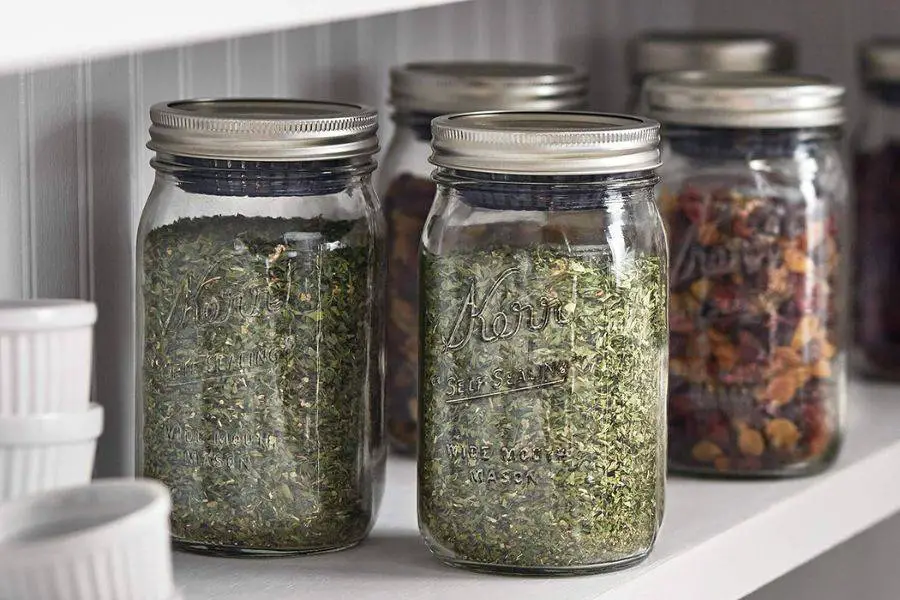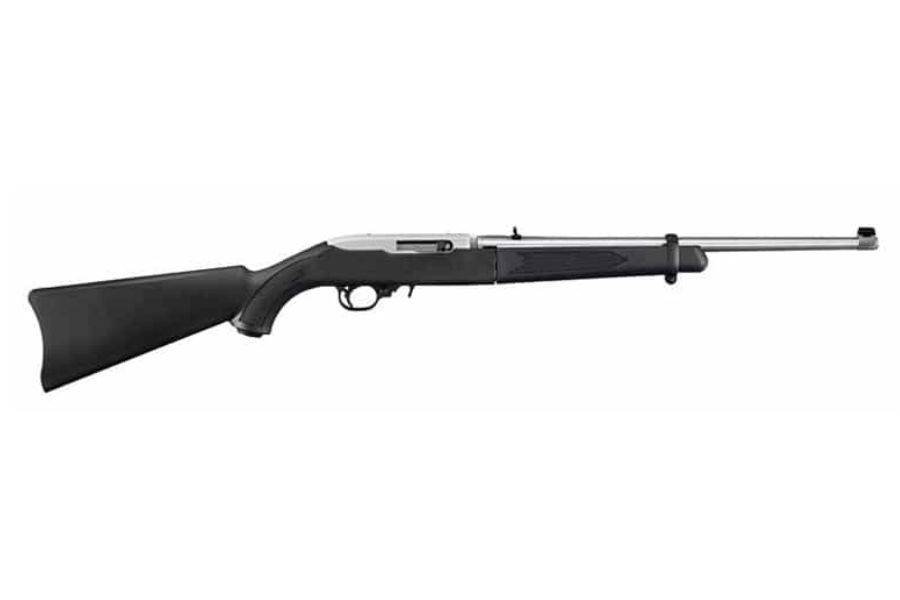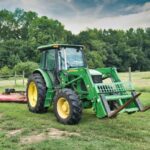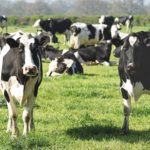Table of Contents
When it comes to livestock management, the choice of fencing plays a crucial role. Two popular options are cattle panels and hog panels.
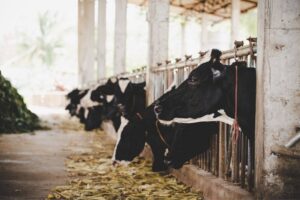
Both have their unique features, advantages, and applications, but choosing between the two can be challenging.
This article aims to provide a detailed comparison between cattle panels and hog panels, focusing on various essential criteria such as dimensions, materials, design, installation process, cost, maintenance, and uses.
Dimensions and Size
Cattle Panel Dimensional Aspects
Cattle panels typically measure 16 feet long by 50 inches high. They usually have a 4-gauge wire thickness, which is both strong and durable.
The spaces between the wires are large enough for cattle to see through, but small enough to prevent them from getting their heads stuck.
The size and dimensions of cattle panels make them suitable for creating large, secure enclosures for cattle and other large livestock.
Hog Panel Dimensional Aspects
Hog panels, on the other hand, are generally shorter and more compact, measuring around 16 feet long by 34 inches high.
The wire thickness is usually 4-gauge, similar to cattle panels. However, the spaces between the wires are smaller to accommodate the smaller size of hogs.
The smaller dimensions make hog panels more suited to enclosing smaller animals like hogs, goats, and sheep.
Material and Durability
Materials Used in Cattle Panels
Cattle panels are typically made from heavy-duty galvanized steel, designed to withstand the weight and force exerted by large livestock.
The galvanized finish provides excellent resistance against rust and corrosion, ensuring longevity and durability.
The strength of the material used in cattle panels ensures they can securely contain large livestock and withstand harsh weather conditions.
Materials Used in Hog Panels
Similarly, hog panels are also made from galvanized steel, offering good strength and durability.
However, given the smaller size of the animals they’re designed to contain, hog panels may not need to be as robust as cattle panels.
Nevertheless, they are still sturdy and resistant to rust and corrosion, making them a durable option for smaller livestock.
Design and Structure
Design Features of Cattle Panels
Cattle panels feature a grid-like design with larger rectangular spaces at the top and smaller squares at the bottom.
This design helps prevent cattle from getting their heads stuck while still allowing them to see through the panel. The edges of cattle panels are usually smooth to prevent injury to the livestock.
Design Features of Hog Panels
Hog panels also feature a grid-like design but with more uniform square openings throughout.
This design accommodates the smaller size of hogs and other small livestock, preventing them from escaping through the panel.
Like cattle panels, hog panels also have smooth edges to ensure the safety of the animals.
Installation Process
Installing Cattle Panels
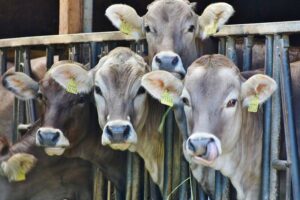
The installation of cattle panels involves setting posts into the ground at regular intervals, typically every 8 feet.
The panels are then attached to the posts using fencing clips or wire. It’s crucial to ensure that the panels are level and securely fastened to prevent cattle from pushing them over.
Installing Hog Panels
The process of installing hog panels is similar to that of cattle panels. Posts are set into the ground, and the panels are attached using clips or wire.
However, due to the smaller size of hog panels, the posts may need to be set closer together. As with cattle panels, it’s essential to ensure that the panels are level and securely fastened.
Cost and Value
The Cost of Cattle Panels
Cattle panels vary in cost depending on the brand, quality, and location. On average, you can expect to pay between $20 to $50 per panel.
High-end cattle panels can even reach up to $100 each, especially those with added features or premium materials.
Despite being more expensive than hog panels due to their larger size and heavier material, their durability, longevity, and versatility offer excellent value for money.
The Cost of Hog Panels
Hog panels, reflecting their smaller size and lighter material, are generally cheaper than cattle panels. Prices typically range from $15 to $40 per panel.
Even at the higher end of this price range, hog panels offer good durability and versatility, making them a cost-effective choice for enclosing smaller livestock and for other versatile uses.
Maintenance and Care
Maintaining Cattle Panels
Cattle panels require minimal maintenance. Regular checks should be carried out to ensure that the panels are secure and in good condition.
Any signs of rust or damage should be addressed promptly to prevent any potential hazards to the livestock.
Maintaining Hog Panels
Like cattle panels, hog panels also require minimal maintenance. Regular inspections should be performed to check for any signs of rust or damage.
Any necessary repairs should be made promptly to maintain the security of the enclosure.
Applications and Uses
Uses of Cattle Panels
Cattle panels are primarily used for creating enclosures for cattle and other large livestock. However, their versatility extends beyond livestock management.
They can also be used for creating garden trellises, temporary fencing, and even for constructing greenhouses.
Uses of Hog Panels
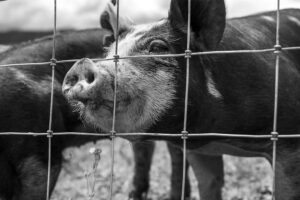
While hog panels are mainly used for enclosing hogs and other small livestock, they too have multiple uses.
They can be used for creating garden fences, trellises, and chicken coops. Their smaller size and lighter weight make them easier to handle for various DIY projects.
Weight and Portability
Weight of Cattle Panels
Discuss the typical weight of cattle panels, considering their size, materials, and wire thickness. Explore how this factor contributes to their stability and impacts their portability.
Weight of Hog Panels
Discuss the typical weight of hog panels, considering their smaller size and similar materials. Compare how this can affect their stability and portability in contrast to cattle panels.
Environmental Impact
Environmental Impact of Cattle Panels
Examine the environmental impact of producing and disposing of cattle panels. Discuss the lifespan of these panels and whether they can be recycled or need to be replaced frequently.
Environmental Impact of Hog Panels
Analyze the environmental implications of hog panels, including production, disposal, lifespan, and recyclability. Compare this with the impact of cattle panels.
Safety and Animal Comfort
Safety Measures in Cattle Panels
Discuss the safety features integrated into cattle panels, such as smooth edges and adequately spaced wires. Discuss how these features contribute to the comfort and well-being of the animals.
Safety Measures in Hog Panels
Talk about the safety aspects of hog panels, including their design and structure. Compare how these safety measures ensure the comfort and safety of smaller livestock in contrast to cattle panels.
Conclusion
In conclusion, both cattle panels and hog panels offer unique advantages.
While cattle panels are more suited for larger livestock due to their larger size and robust material, hog panels are more appropriate for smaller animals due to their compact dimensions.
Both types of panels are durable, easy to install, and require minimal maintenance.
The choice between the two will depend on the specific needs and requirements of your livestock management or project.



